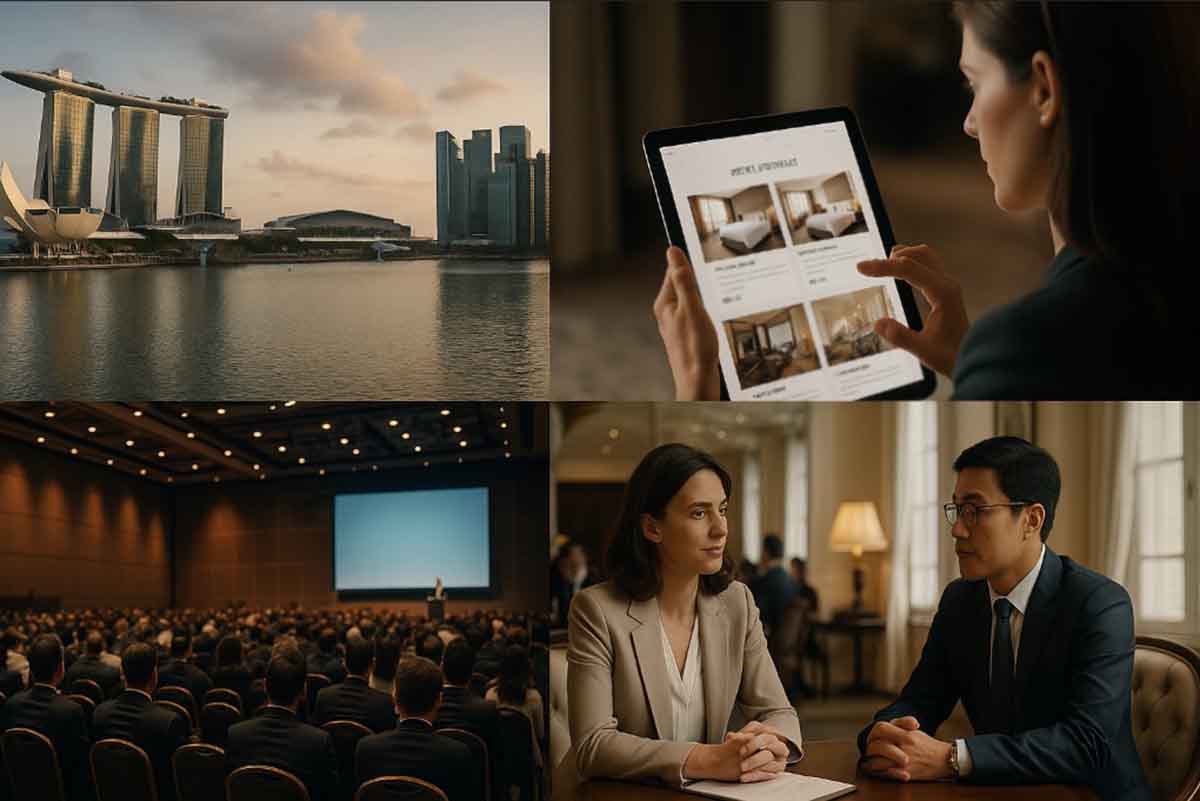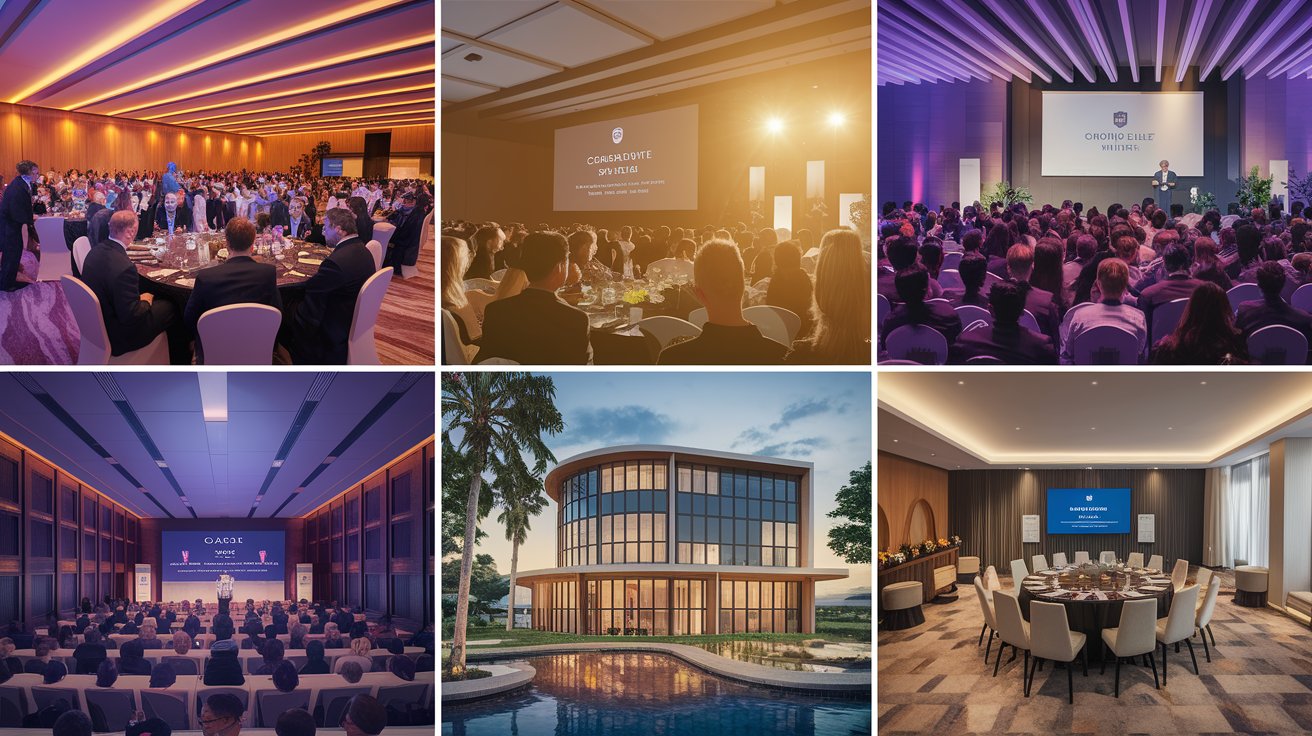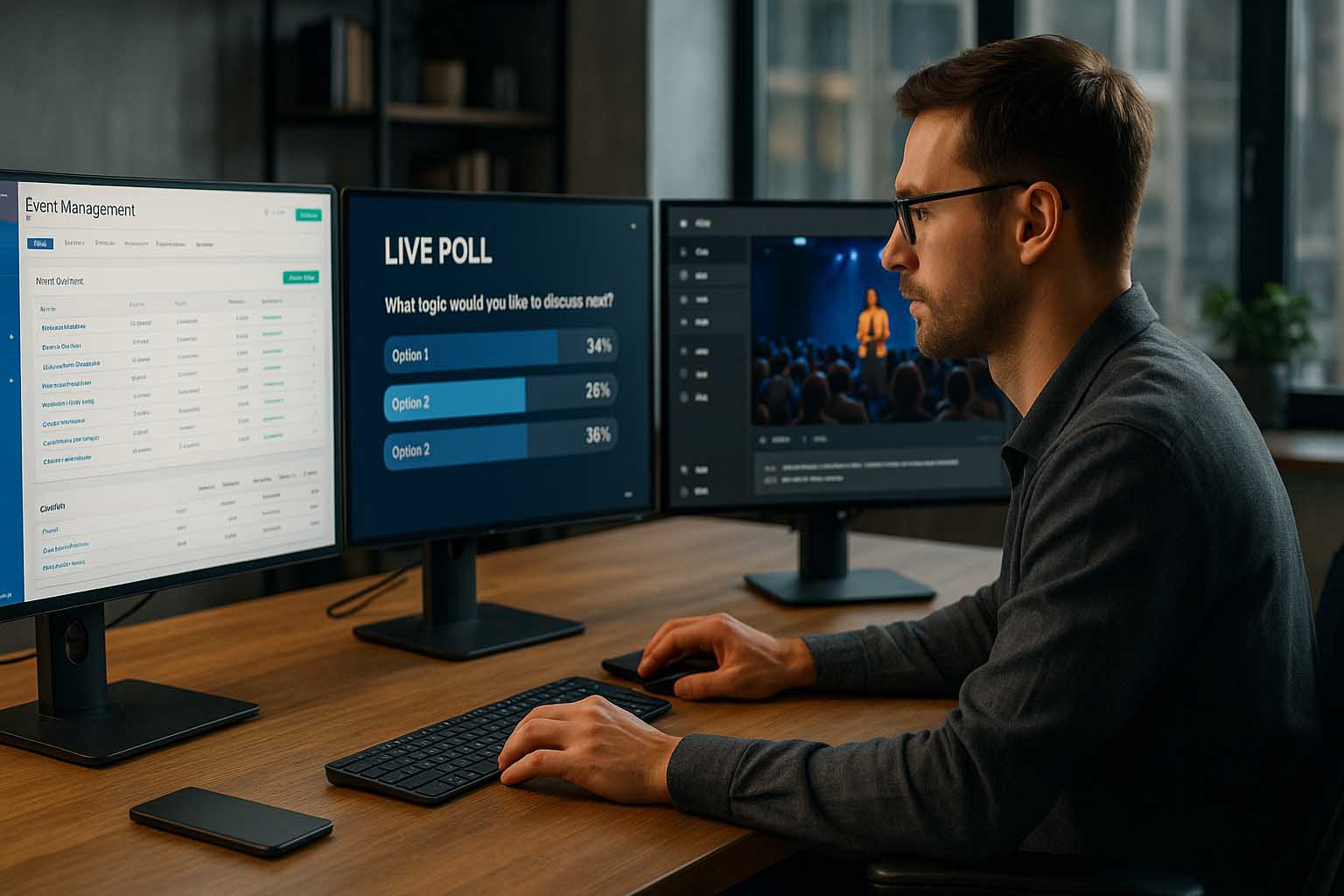Streamlined Link Navigation for Conference Websites
Streamlined Link Navigation for Conference Websites: A Guide to a Smoother User Path
The global calendar of conferences continues to grow each year. With rising competition in the events industry, organizers and sponsors are always seeking ways to make user journeys on their platforms more efficient. When attendees can quickly find the registration form, venue map, or session schedule, they’re more likely to commit to the event. A streamlined link structure is no longer optional, it’s a vital connection between user experience and conversion. Many also benefit from tools like a free URL shortener to simplify sharing important pages.
Quick Overview
- Smart link flows guide users directly to important pages like registration and event programs.
- Clear menu architecture reduces bounce rates and encourages engagement.
- Global users expect multi-device and multi-language support that meets accessibility standards.
Why Link Flow Matters
Every second of confusion can mean a lost attendee. Recent studies show that websites with a clear menu hierarchy see bounce rates drop by up to 35% compared to those with cluttered layouts.
This is even more critical for conference websites, where the window for registration is often short and schedules are fixed. If users can’t quickly find session abstracts or ticket details, they’ll likely explore other options.
Link flow also affects SEO. Search engines crawl sites with logical internal linking more efficiently. This strengthens the authority of key landing pages and improves rankings for queries like “tech summit tickets” or “medical congress agenda.”
Putting the User First
Before building your wireframe, understand the user personas. One might be a corporate sponsor looking for a sponsorship deck. Another could be an academic speaker uploading an abstract. A third may be a last-minute attendee using a mobile phone.
These paths differ, but they all need direct links to what matters most to them.
It’s helpful to start with frequently asked questions (FAQs) and place them in prominent locations. On desktop, key links such as “Register,” “Program,” and “Speakers” can be positioned in the top navigation bar. For mobile, a sticky bottom bar with the same three links prevents excessive scrolling.
Key Benefits of a Clear Link Structure
- Faster signup for potential attendees
- Lower abandonment on registration pages
- Easier navigation for sponsors looking for exposure
- Increased sharing of session content on social media
Smart Site Architecture Strategies
Clear and Simple Hierarchical Menus
Avoid overcrowded dropdowns. Keep navigation no deeper than two levels from the homepage to detailed content. Research shows this approach reduces cognitive load and makes navigation easier for all users.
Mobile-First Layout
Over 60% of global traffic to event websites comes from mobile devices, according to a 2025 PLI Writers report. Use a hamburger icon that opens into a full-screen overlay for smaller screens. Ensure all link targets are large and that text contrast supports readability for all users.
Accessibility and Inclusion
Follow WCAG 2.2 guidelines: strong color contrast, keyboard-friendly navigation, and clear, descriptive link text. Instead of “Click here,” use “Download the PDF schedule.” This benefits screen reader users and boosts SEO by making anchor text more meaningful.
Enhancing Search and Internal Linking
Even with the best navigation menus, some users prefer searching. Improve the site search bar by adding features like autocomplete and spell-check. Index key areas like session titles, speaker bios, and FAQs. For example, typing “AI session” should instantly show all relevant tracks.
Internal links should connect related content. On a keynote session page, link to associated tracks, a contact form for speakers, and hotel booking options. This builds a contextual network that feels seamless.
Measuring and Monitoring Site Performance
Launching the site is only the beginning. Use analytics tools to track the click-through rate of each menu item. If “Program” gets low clicks but “Timetable” is a top search query, it might be time to reposition or rename links.
In 2024, a Baymard benchmark found that 42% of e-commerce websites increased revenue after adjusting their main menu based on heat map data. While conferences are different, the logic holds: when users find what they need quickly, engagement improves.
Continuous Improvements
Set a review schedule every quarter. At the end of each quarter, analyze which links are rarely used. Run A/B tests to see if changes in labels or placement improve interaction. Keep the process light with small, ongoing adjustments rather than full redesigns.
Managing Growing Content
As conferences approach, pages often multiply. Workshops get added, sponsors post updates, and media coverage expands. To prevent the menu from becoming cluttered, use tag-based groupings in your content management system.
For example, all sponsor updates can be tagged as “sponsor-update” and listed on a dedicated page. This keeps the sidebar clean and the main menu focused.
Link structure shapes the real-world experience of your promise for a seamless journey. When users can clearly navigate from the homepage to ticket purchase, they make faster, more confident decisions.
Small adjustments to menus and internal links often deliver the biggest gains in user experience and event attendance.
Why Link Flow Matters
Every second of user confusion risks losing a potential attendee. A recent study shows that websites with a well-organized menu hierarchy see bounce rates drop by as much as 35% compared to disorganized layouts. This matters more for conference websites, where registration windows are short and schedules are fixed. If visitors can’t find abstracts or ticket details quickly, they may look elsewhere.
Strong link flow also directly affects SEO. Search engines find it easier to crawl websites with clear internal linking, boosting the authority of key landing pages. In global markets, this means better ranking in searches like “tech summit tickets” or “medical congress agenda.”
Start with the User: Design Begins Here
Before creating a wireframe, understand the different types of users: a corporate sponsor seeking a pitch deck, an academic speaker uploading an abstract, and a professional registering last-minute on a phone. Each one follows a unique path but all need direct links to their goals.
Prioritize common questions and place them in visible areas. On desktop, include links like “Register,” “Program,” and “Speakers” in the main navigation. On mobile, use a sticky bottom bar with the same links to reduce scrolling.
Key Benefits of Clear Link Flow
- Faster user signup times
- Fewer drop-offs during registration
- Clearer sponsor paths to visibility opportunities
- More sharing of session details on social media
Site Architecture Strategies
Easy-to-Understand Menu Hierarchy
Avoid excessive dropdowns. Keep navigation within two clicks from the homepage to the most detailed content. This approach reduces mental effort and is widely recommended by UX researchers.
Mobile-First Layout
More than 60% of event traffic comes from mobile, based on 2025 PLI Writers data. Use a hamburger menu that expands to a full-screen overlay on small devices. Ensure that links are large enough to tap easily and that font contrasts are accessible.
Accessibility and Inclusion
Follow WCAG 2.2 guidelines. Use strong color contrasts, visible keyboard focus indicators, and descriptive link text. Replace vague phrases like “Click here” with text such as “Download the event schedule PDF.” This helps users with screen readers and improves SEO through clearer anchor text.
The Role of Site Search and Internal Linking
Even the best menus won’t serve everyone. Some users prefer to search. Optimize the search bar with autocomplete and spelling correction. Index speaker bios, session titles, and FAQs. When someone types “AI session,” display all tracks relevant to artificial intelligence.
Internal linking builds contextual relationships across the site. For example, a keynote page can include links to related tracks, a Q&A form, and a hotel booking page. This creates a connected experience without overwhelming users.
Tracking Performance and Measuring What Works
Launching a site is only the start. Use analytics to track how users interact with each navigation item. If the “Program” link has low clicks but users are frequently searching for timetables, consider making that link more prominent.
In 2024, Baymard found that 42% of e-commerce websites increased revenue after adjusting their primary menus based on heat map data. The principle applies here too: visibility leads to action.
Continuous Improvement
Set a quarterly review schedule. At the end of each quarter, use analytics to find rarely clicked links. Test new labels or positions using A/B testing. Keep changes small and focused to avoid large-scale redesigns.
Avoiding Content Overload
As a summit nears, pages multiply workshops, sponsor news, media updates. To keep navigation clean, use tags within your CMS. For example, tag all sponsorship-related posts as “sponsor-update” and group them into one dedicated page. This keeps sidebars from becoming cluttered and ensures the main menu stays focused.
Your link structure reflects your commitment to a smooth user experience. When the path from homepage to ticketing is clear, decisions come easily. Often, the smallest improvements to menu design and internal links bring the most noticeable gains in attendance and perception.









